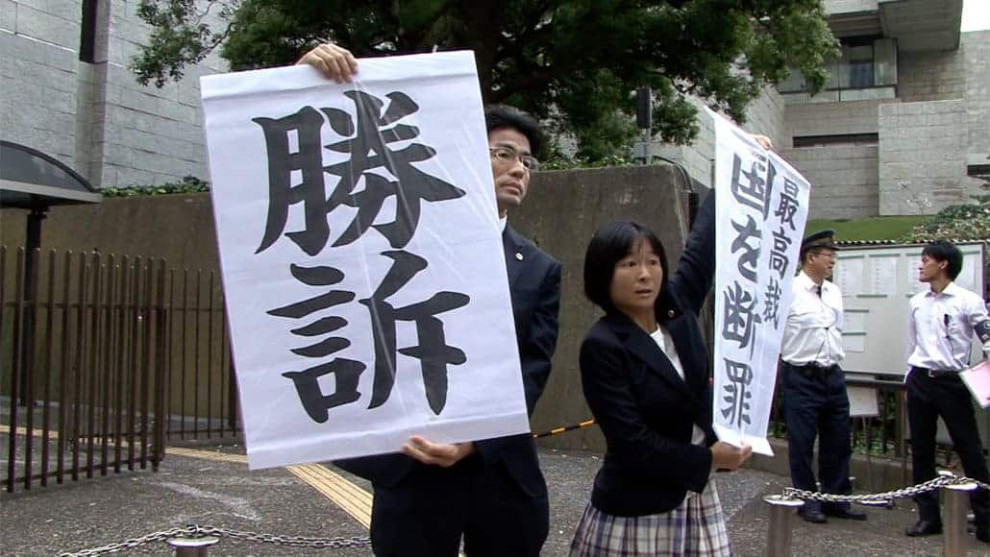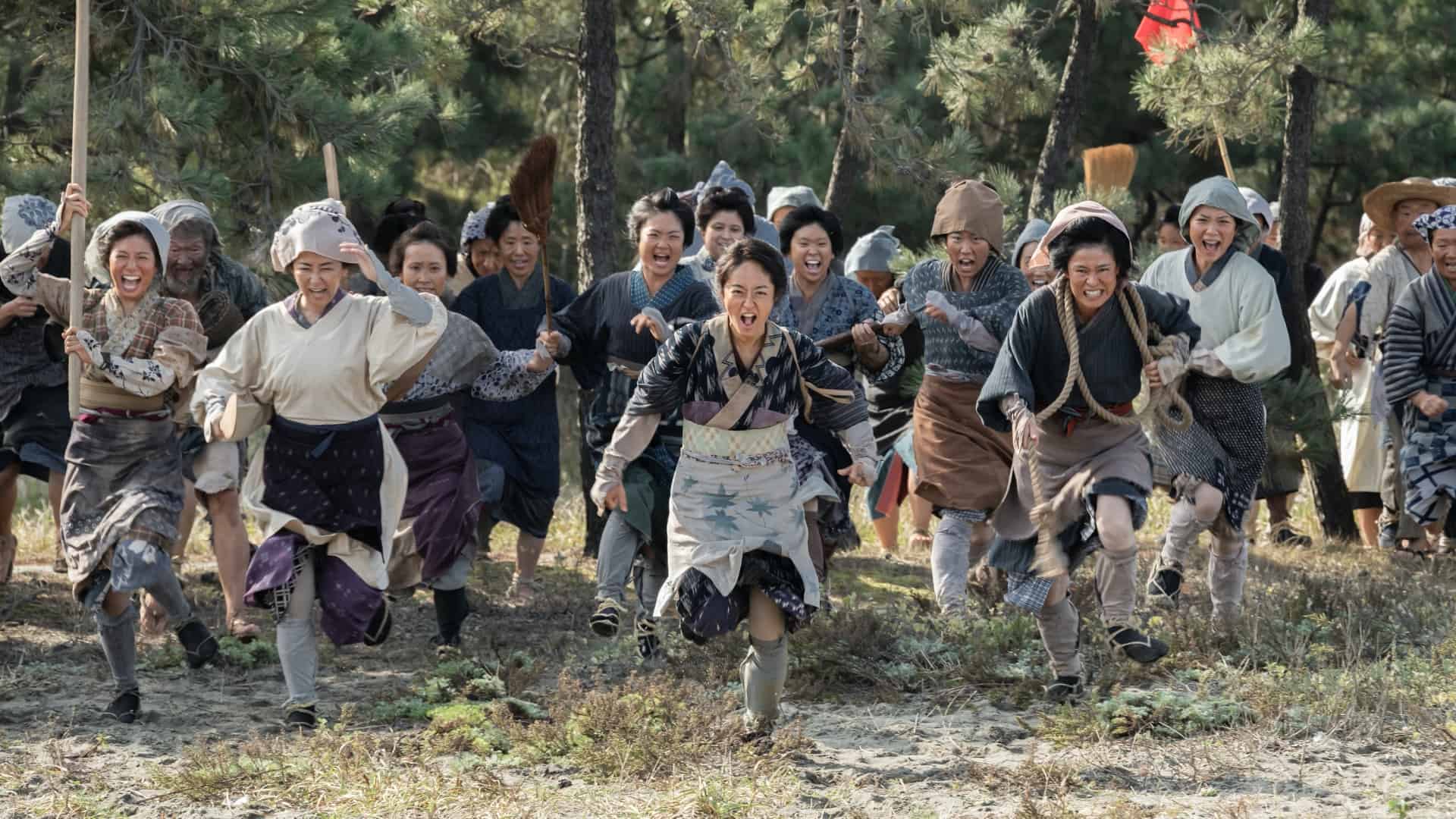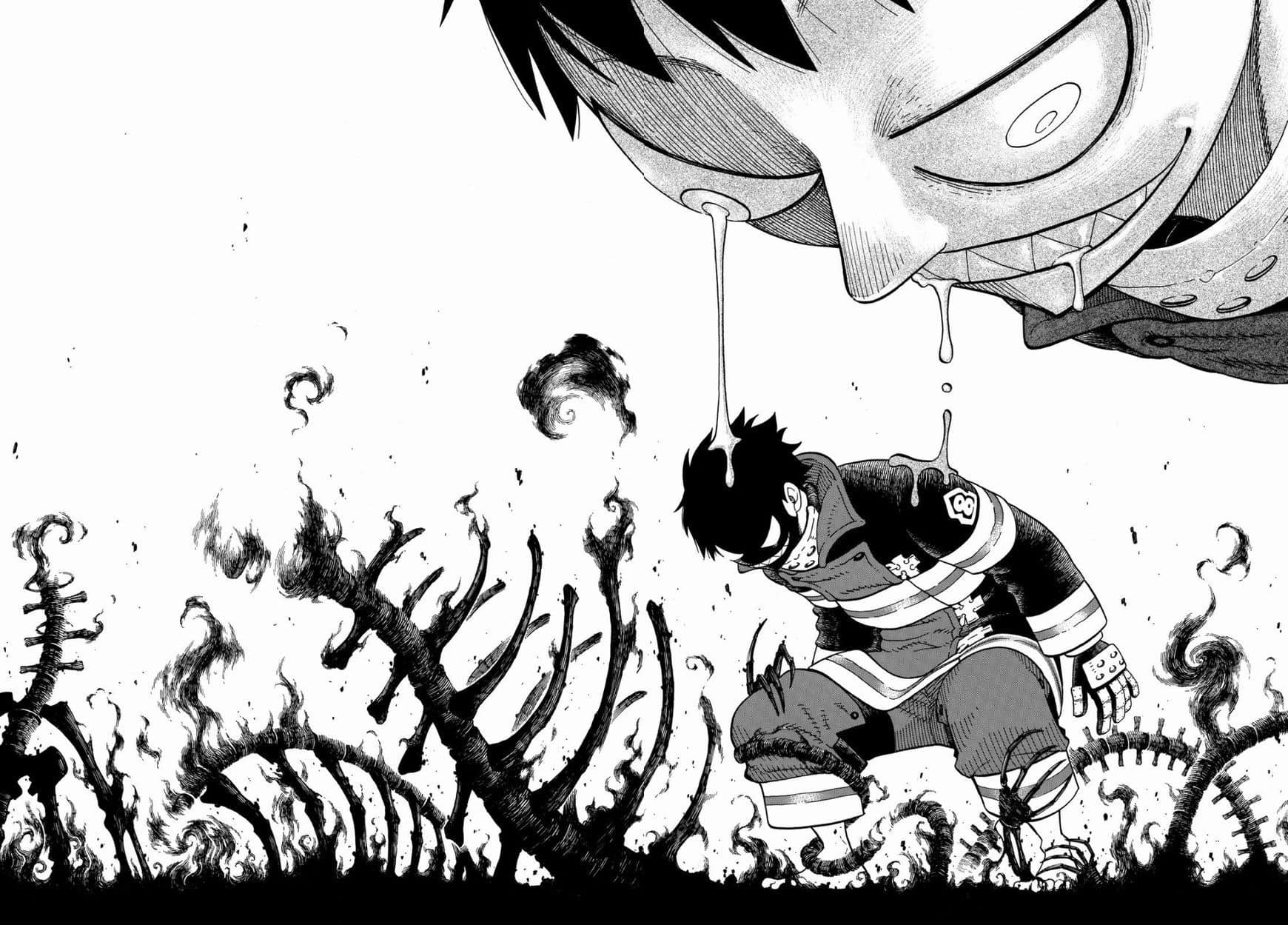Japan Society Celebrates the 50th Anniversary of Independent Film Company Shisso Productions with Online Retrospective that Includes their Latest 372-minute Documentary Epic MINAMATA Mandala
June 4–July 2
Japan Society announces Cinema as Struggle: The Films of Kazuo Hara & Sachiko Kobayashi, a career-spanning online retrospective that celebrates the 50th anniversary of Shisso Productions, the independent film company founded by influential Japanese documentarian Kazuo Hara and his wife, producer and collaborator, influential Japanese documentarian Kazuo Hara and his wife, producer and collaborator, Sachiko Kobayashi in 1971. The series includes nearly all of the pair's films, including their most recent release, “MINAMATA Mandala”—a sprawling three-part epic 15 years in the making. All films will stream nationwide through Japan Society's virtual cinema from June 4-July 2 with some films also available to stream in Canada.
Widely-recognized for their complicated and deeply personal portraits of iconoclastic individuals, Hara and Kobayashi's work—hailed by documentary luminaries such as Michael Moore and Errol Morris—confronts the status quo in postwar Japanese society and documents the struggle between individuals and the powers that be.
“Kazuo Hara and Sachiko Kobayashi's work is among the most important in the history of Japanese documentary, and it is a great honor to work with them to put this online retrospective together in celebration of their landmark anniversary as creative partners,” says K. F. Watanabe, Deputy Director of Film at Japan Society. “Abrasive, radical and deeply empathetic, these films challenge widely-held preconceptions of Japanese society and suggest the power of dissent. It's amazing to see these films side by side from 1971 to 2020 and I am thrilled that we can offer access to them across the country.”
Series highlights include “Goodbye CP”, Hara and Kobayashi's debut, which details the lives of two disability activists with cerebral palsy who take to the streets; the pair's notorious documentary “The Emperor's Naked Army Marches On”, which follows veteran Kenzo Okuzaki's one-man crusade to expose Japan's war crimes; the intimate “Extreme Private Eros: Love Song 1974” about the fallout of Hara's first marriage with radical feminist, Miyuki Takeda; and “A Dedicated Life”, a complicated portrait of celebrated postwar author Mitsuharu Inoue that attempts to dispel the dying artist's self-mythology. Also included is the rarely-seen “The Many Faces of Chika”—the pair's only narrative feature—and recent JAPAN CUTS: Festival of New Japanese Film selections “Sennan Asbestos Disaster” and “Reiwa Uprising”. Each film includes a brand-new introduction from the filmmakers recorded on the occasion of this retrospective.
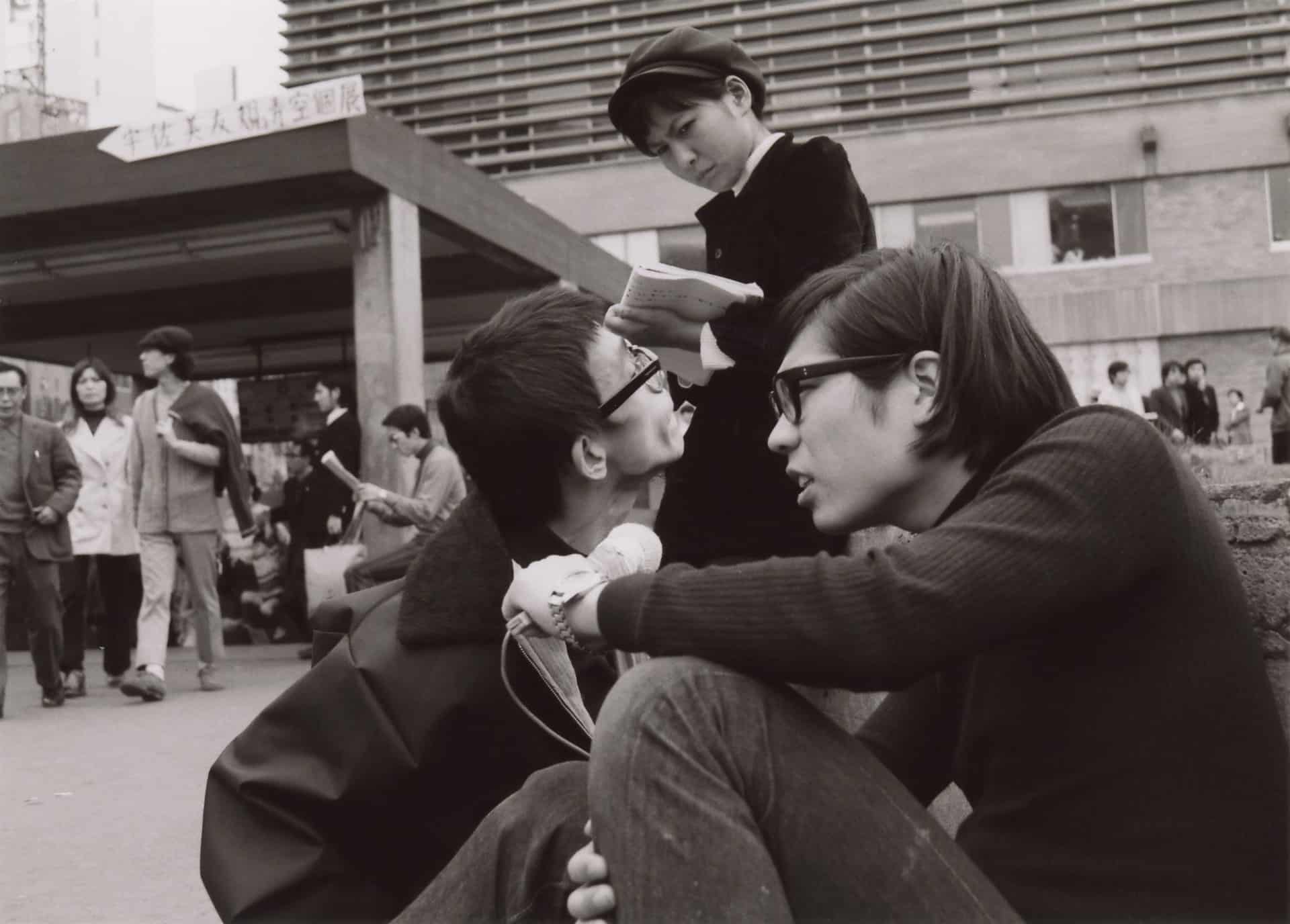
FULL LINEUP
Films listed chronologically by year of domestic theatrical release.
Goodbye CP
Dir. Kazuo Hara. 1972. 82 min.
Kazuo Hara and Sachiko Kobayashi, a photographer affected by polio as a child, first met at the opening of Hara's 1969 exhibition Don't Make Fun of Me, photos he took while working as a helper at a school for disabled children. Their explosive debut, Goodbye CP, explores the taboo subject of disability, detailing the lives of two disability activists with cerebral palsy (CP) and unveiling a raw portrait of outcasts who take to the streets to confront a society that tries all it can to ignore their existence. Abrasive and radical, Hara and Kobayashi's debut established the no-holds-barred cinema that would go on to define their careers.
Extreme Private Eros: Love Song 1974
Dir. Kazuo Hara. 1974. 98 min.
In his most personal film, Kazuo Hara works through unresolved feelings for his ex-wife Miyuki Takeda—a radical feminist and mother of his son—by filming her over the course of a year as she moves to Okinawa with their infant son, begins a relationship with a woman, gets pregnant by a Black American G.I., organizes with other women, works as a go-go dancer and ultimately gives birth completely unassisted. A work of naked self-reflection, Extreme Private Eros also dives into the messy intersection of politics, art and love in 1970s Japan, including a three-way relationship between Hara, Takeda and Hara's pregnant girlfriend and producer Sachiko Kobayashi—who, in one of the film's most memorable sequences, interviews Takeda about Hara as an artist and lover.
The Emperor's Naked Army Marches On
Dir. Kazuo Hara. 1987. 122 min.
In their best-known and most highly regarded film, Kazuo Hara and Sachiko Kobayashi follow Kenzo Okuzaki—a 62-year-old veteran notorious for slinging pachinko balls at the Japanese emperor—on his single-minded campaign to denounce imperialism and expose the truth about war atrocities committed by Japanese officers in New Guinea in 1945. Consistently recognized as a masterpiece of nonfiction cinema—and a favorite of both Michael Moore and Errol Morris—The Emperor's Naked Army Marches On peels back deeply disturbing aspects of Japanese history in order to provocatively evoke considerations of retribution, ethics and the nature of evil.
A Dedicated Life
Dir. Kazuo Hara. 1994. 157 min.
After The Emperor's Naked Army Marches On, Kazuo Hara and Sachiko Kobayashi found another extreme subject in outspoken leftist writer Mitsuharu Inoue, one of the foremost novelists of the postwar period whose larger-than-life personality attracted a cult-like following of students and lovers. Learning he was battling cancer and might have not long to live, Hara and Kobayashi recorded Inoue, following him from drinking parties to speaking engagements as he recounts his first love, impoverished adolescence and the revolutionary days of his youth—only some of which is true. An intimate portrait that revels in the blurred lines between fact, fiction and truth, A Dedicated Life captures the essence of an artist who approaches his life as a work of art in itself.
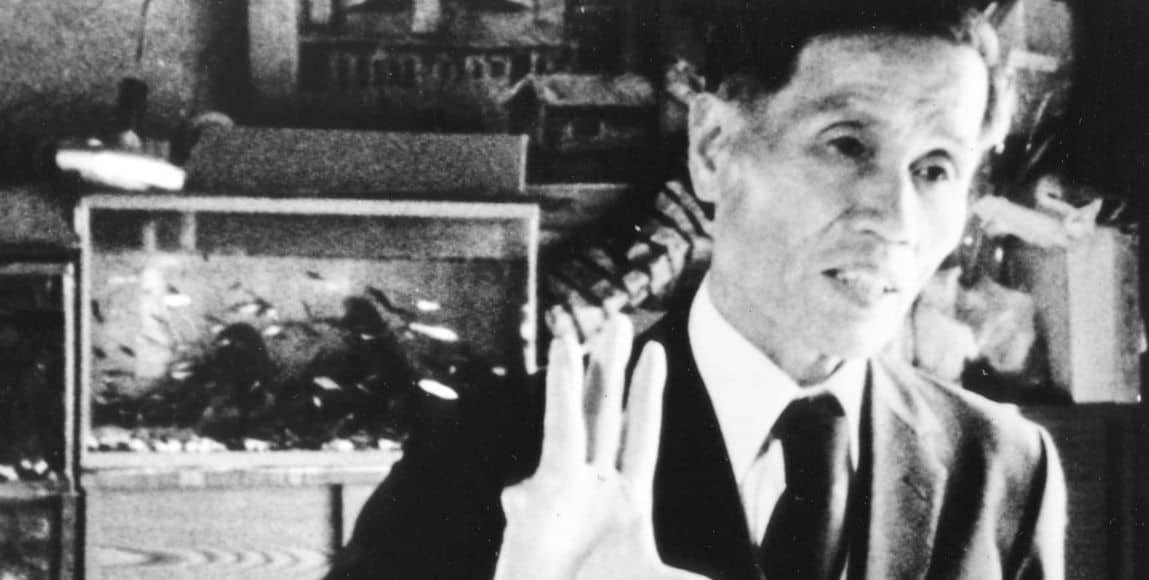
The Many Faces of Chika
Dir. Kazuo Hara. 2005. 114 min.
Set against the backdrop of Japan's cultural and political upheaval throughout the late 1960s and 1970s, The Many Faces of Chika is an unconventional and evocative drama that charts the life of an enigmatic woman through her relationships. Sensuous and dreamlike, the film presents the single character of Chika through four different actresses (Takami Yoshimoto, Makiko Watanabe, Kumija Kim, Kaori Momoi)—an experimental narrative device that suggests the various ways she is perceived by those who loved her as well as Chika's changing inner life. Scripted/produced by Sachiko Kobayashi and directed by Kazuo Hara, The Many Faces of Chika is the documentarian duo's first and only foray into narrative feature filmmaking and an often overlooked yet no less essential work within their oeuvre.
Sennan Asbestos Disaster
Dir. Kazuo Hara. 2017. 215 min.
Ten years in the making, Sennan Asbestos Disaster builds on Kazuo Hara and Sachiko Kobayashi's “action documentary” method of filmmaking and expands their focus to an entire community—the citizens of Sennan, Osaka, who seek legal reparations from the government for exposing their working class community to asbestos factories' deadly toxins. A powerful ensemble piece that gains strength from the warmth of everyday people standing up to the state for their rights, this radical film analyzes collective action and its limits, revealing poisonous threats in self-regulating social mores as well as environmental pollution. A return to documentary for Hara and Kobayashi 23 years after the release of A Dedicated Life.
Reiwa Uprising
Dir. Kazuo Hara. 2019. 248 min.
Kazuo Hara follows the new Reiwa Shinsengumi (beautiful harmony-era “new squad”) party, formed by actor-turned-politician Taro Yamamoto (Battle Royale) just three months before the July 2019 Japanese House of Councillors election—an ambitious leftist platform staging jubilant political demonstrations with music and horses. The diverse slate of candidates includes transgender Tokyo University professor Ayumi Yasutomi and disabled politicians Yasuhiko Funago and Eiko Kimura, dedicated to interrupting rightwing status quo and widespread political apathy. A project proposed to Hara by Yasutomi in the lead-up to her political campaign, Reiwa Uprising is the first and only project completed by Hara without Sachiko Kobayashi.
MINAMATA Mandala
Dir. Kazuo Hara. 2020. 372 min.
“Minamata disease” is a neurological disease caused by methylmercury poisoning named for its identification in Kumamoto Prefecture, where industrial wastewater from a Chisso Corporation chemical plant contaminated fish and shellfish consumed by communities around Minamata Bay and the Shiranui Sea. Filmed over 15 years, this sprawling documentary lays out this history of pollution dating back to the 1930s and decades long legal battles against the government for diagnosis certification and reparations. However the film gives itself over to the network of survivors, care providers, and supporters keeping the fight alive, following unexpected chutes and ladders from gregarious researchers' theories pushing back against an intransigent medical establishment, to the passionate song lyrics of a woman suffering since childhood. Here Hara and Kobayashi return to core commitments of disability rights and individuals' demands of the state, extending Noriaki Tsuchimoto's landmark series on the Minamata struggle, and issuing a cry against political apathy.
Rentals: $10 / 20% off members
Bundle 1: $30 / 20% off members
Includes: Goodbye CP, Extreme Private Eros: Love Song 1974, The Emperor's Naked Army Marches On, A Dedicated Life and Sennan Asbestos Disaster – Available in the US and Canada.
Bundle 2: $20 / 20% off members
Includes: The Many Faces of Chika, Reiwa Uprising and Minamata Mandala.
Films streaming June 2-July 4th at film.japansociety.org.


